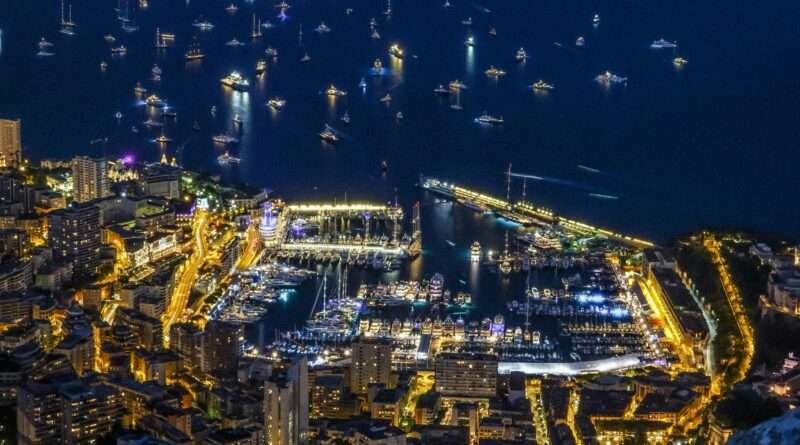Second Smallest Country in the World
Quick Answer
Which is the second smallest country by area? Monaco covers just 0.78 sq mi (2.02 km²), making it the world’s second smallest sovereign state, after Vatican City.
Meet Monaco
Monaco is a constitutional monarchy perched on the French Riviera in Western Europe, bordered on three sides by France and opening to the Mediterranean Sea on the fourth. Rather than a designated capital, the entire principality functions as a single municipality, though Monaco-Ville (the “Rock”) houses the Prince’s Palace and government institutions.
- Head of State: Prince Albert II
- Government: Semi-constitutional monarchy with a Prime Minister–led National Council
- Official Language: French (Monégasque, Italian, and English widely spoken)
- International Status: UN member since 1993; protected by Franco-Monegasque treaties since 1861
Size & Population at a Glance
| Metric | Value |
|---|---|
| Area | 0.78 sq mi (2.02 km²) |
| Population (2025 est.) | 38,400 |
| Population Density | ≈19,000 people/km² |
Despite its tiny footprint, Monaco is the world’s most densely populated country, with nearly 19,000 residents per square kilometer.
Why It’s So Small
Monaco’s diminutive size results from centuries of historic treaties, geographic constraints, and political arrangements:
- Medieval Origins: In 1297, the Grimaldi family seized the rocky promontory of “Le Rocher,” establishing Monaco under Genoese suzerainty.
- French Protectorate: The 1861 Treaty of Paris ceded surrounding territory to France in exchange for recognition of Monaco’s sovereignty, locking its borders.
- 20th-Century Treaties: A 1918 agreement with France tied Monaco’s defense and foreign policy to French interests, ensuring political stability but limiting expansion.
- Land Reclamation: Facing housing demand, Monaco completed major reclamation projects in the 1970s, 2005, and 2020, adding about 0.08 km²—but still under 2.1 km² total.
- Microstate Strategy: Monaco leverages its size to specialize in luxury tourism, banking, and international events, exemplifying small-state adaptability under French “protection.”
By comparison, the third smallest country, Nauru, spans 8 km²—nearly four times Monaco’s area.
Life in Monaco
Despite its compact borders, Monaco offers a rich tapestry of economic activity and cultural experiences:
- Economy & Finance:
- Zero personal income tax makes Monaco a premier banking and wealth-management center.
- Luxury real estate commands some of the highest prices per square foot globally.
- Tourism & Events:
- The annual Formula 1 Grand Prix winds through city streets, drawing hundreds of thousands of spectators.
- Monte Carlo Casino and the Opéra de Monte-Carlo anchor an entertainment district famed for glamour and history.
- Coastal promenades, the Japanese Garden, and the Oceanographic Museum offer scenic retreats.
- Culture & Society:
- A vibrant expatriate community spans over 125 nationalities.
- High life expectancy and per-capita GDP reflect world-class healthcare and living standards.
- Tips for Visitors:
- English is widely understood; the euro is the official currency.
- Public transportation (buses and the Petit Train) provides easy access across Monaco.
- Expect premium prices for dining and accommodations—but unmatched Mediterranean vistas and safety.
FAQ
How big is Monaco?
Monaco covers just 0.78 sq mi (2.02 km²)—smaller than many urban parks.
What is Monaco’s population?
As of 2025, about 38,400 people reside in Monaco.
Why is Monaco so small?
Historic treaties with France and its medieval origins fixed Monaco’s borders, with only modest land reclamation since.
How densely populated is Monaco?
With roughly 19,000 people per km², Monaco is the world’s most densely populated sovereign state.
What Did We Learn Today?
- Monaco is the second smallest country by area at 0.78 sq mi.
- Century-old treaties and geography locked in its tiny footprint.
- Land reclamation expanded it slightly, yet it remains under 2.1 km².
- It leads the world in population density—about 19,000/km².
- Monaco thrives on luxury tourism, finance, and world-class events despite its size.

